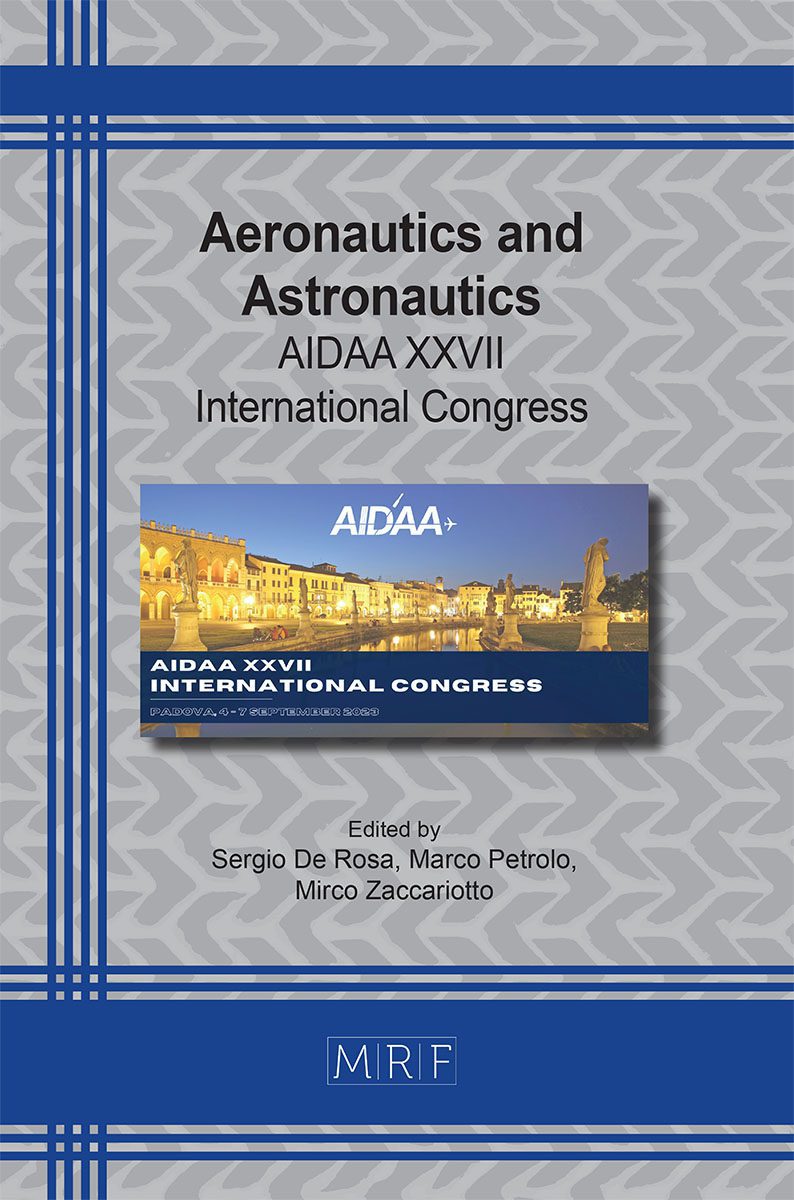Decision trees-based methods for the identification of damages in strongly damped plates for aerospace applications
Alessandro Casaburo, Cyril Zwick, Pascal Fossat, Mohsen Ardabilian, Olivier Bareille, Franck Sosson
download PDFAbstract. Damage identification and localization is fundamental in industrial engineering, since it helps perform corrective actions in time to reduce as much as possible system downtime, operational costs, perform quick maintenance and avoid failure. Recently, structural health monitoring has found in machine learning an extremely useful tool, making the monitoring of complex systems more manageable. In this work, composite plates manufactured with the purpose of damping vibrations in aerospace structures are experimentally tested; the strong damping suddenly reduces the vibrations, leading to responses very similar to one another, without noticeable or structured differences between undamaged and damaged plates. To overcome this issue, machine learning methods are applied. Decision trees-based methods are chosen since they provide a combination of feature selection capabilities and robust classification performances. The used methods are decision trees themselves and two boosting methods: AdaBoost and RUSBoost. All three methods perform well in identifying damaged plates, the type (thickness damage and debonding) and sub-type of damage (thickness/debonding of types A and B).
Keywords
Composite Plate, Vibration Test, Damage Identification, Machine Learning
Published online 11/1/2023, 4 pages
Copyright © 2023 by the author(s)
Published under license by Materials Research Forum LLC., Millersville PA, USA
Citation: Alessandro Casaburo, Cyril Zwick, Pascal Fossat, Mohsen Ardabilian, Olivier Bareille, Franck Sosson, Decision trees-based methods for the identification of damages in strongly damped plates for aerospace applications, Materials Research Proceedings, Vol. 37, pp 146-149, 2023
DOI: https://doi.org/10.21741/9781644902813-32
The article was published as article 32 of the book Aeronautics and Astronautics
![]() Content from this work may be used under the terms of the Creative Commons Attribution 3.0 license. Any further distribution of this work must maintain attribution to the author(s) and the title of the work, journal citation and DOI.
Content from this work may be used under the terms of the Creative Commons Attribution 3.0 license. Any further distribution of this work must maintain attribution to the author(s) and the title of the work, journal citation and DOI.
References
[1] D. Frangopol, J. Curley, Effects of damage and redundancy of structural reliability, journal of Structural Engineering 113(7) (1987) 1533-1549. https://doi.org/10.1061/(ASCE)0733-9445(1987)113:7(1533)
[2] F. Yuan, S. Zargar, Q. Chen, S. Wang, Machine learning for structural health monitoring: challenges and opportunities, in: H. Huang (Ed.), Sensors and Smart Structures Technologies for Civil, Mechanical, and Aerospace Systems 2020, International Society for Optics and Photonics (SPIE), 2020, pp. 1-23. https://doi.org/10.1117/12.2561610
[3] O. Avci, O. Abdeljaber, S. Kiranyaz, M. Hussein, M. Gabbouij, D. Inman, A review of vibration-based damage detection in civil structures: From traditional methods to machine learning and deep learning applications, Mechanical Systems and Signal Processing 147 (2021). https://doi.org/10.1016/j.ymssp.2020.107077
[4] T. Mitchell, Machine Learning, McGraw-Hill Education, New York, 1997.
[5] S. Raschka, Y. Liu, V. Mirjalili, Machine Learning with PyTorch and Scikit-Learn, Packt, Birmingham, 2022.































